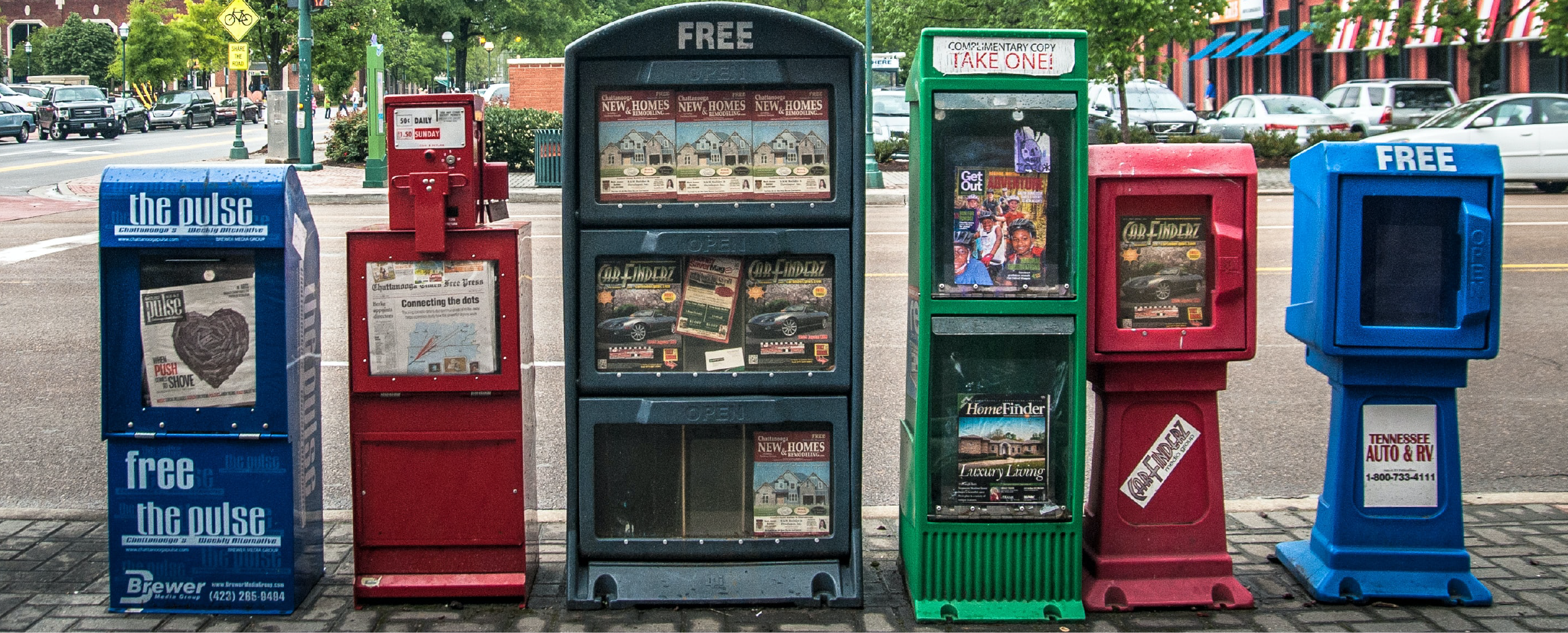Facebook and other massive social platforms are often likened to modern-day town squares. But what happens when someone with important news tries to take the podium—a health official, say—and gets a pie in the face?
Look no further than this dismaying study from last year, undertaken by researchers at the University of Illinois, Champaign-Urbana, in collaboration with the Open Markets Institute. It interviewed 18 public health officials from around Illinois about their efforts to disseminate essential COVID-19 information through Facebook.
The results were troubling, to say the least. The officials often struggled to have their posts seen, with Facebook’s black-box algorithm inexplicably de-prioritizing them. Worse, Facebook actually marked an official post about a vaccine clinic as “misinformation.”
Meanwhile, the posts that actually were seen by local residents were soon bombarded by angry users spreading misinformation about COVID. Health officials were explicitly targeted by other Facebook users, and bad actors fanned the flames.
How the local news can help
The whole story is yet another argument for the essential function of local news. By fostering communities, local news outlets can help lure users away from toxic social environments—and build a sustainable source of revenue in the process.
For an idea of what that might look like, take a peek at the Santa Fe New Mexican—one of countless local outlets that have recently put a concerted effort into community-building. There, highly niche content—like an article about why veteran banners can’t go on light poles—generates reams of discussion. These commenters might not always agree with each other, but their agreements play out respectfully, without doxxing and name-calling. Contrasted with the chaos on social media, it’s a welcome sight.
Intimate communities like these aren’t just good for the discourse—they’re good for publishers’ bottom lines. They bring people back more often, and keep them on-site for longer. With local subscriptions on the rise, now is the perfect time to try and bring new users into the fold.
Use Q&As and live blogs to enhance your on-site community
One way local publishers can further enrich communities compared to social media: live expert Q&As. These can be an excellent tool to both convey information and bring your community closer together. They’re remarkably simple to set up, and can deeply engage readers. And they’re especially great for local outlets, where experts can speak to issues of urgent, immediate concern to your readers.
Think: a session with the superintendent of schools. Or an aspiring mayoral candidate. Or a local meteorologist. Or the head of a group devoted to revitalizing a downtown arts district. These are people who can really speak to your readers’ concerns. And because they’re speaking to those concerns on your domain, their trust in you as a resource naturally increases.
Foster a community with comments
As that Santa Fe New Mexican example suggests, it’s the comments section where your community really comes together. On the big social platforms, real communities can be impossible to sustain. There are simply too many people there, and more often than not, the platforms aren’t incentivizing them to be their best selves. Local news outlets, on the other hand, are perfectly positioned to host the kinds of conversations that matter. They’re smaller, for one thing, and their audiences are largely self-selecting, made up of people invested in their IRL community’s goings-on.
Of course, some moderation is still necessary to make sure things stay respectful and on-track. But once that’s in place your community will grow on its own, as more and more users find themselves attracted by how different your community is from the big social platforms. And it doesn’t hurt that, on local news sites, commenters are discussing things of urgent concern to their actual lives—meaning they have a real reason to check in regularly.
Social media might have its pleasures, but it can never replace the important role that local journalism plays in the communities it covers. An energized local news ecosystem—fortified by vibrant reader communities—can offer something sorely needed at this particular moment: a place for people to learn about the world around them, without bad actors making a mess of things.


